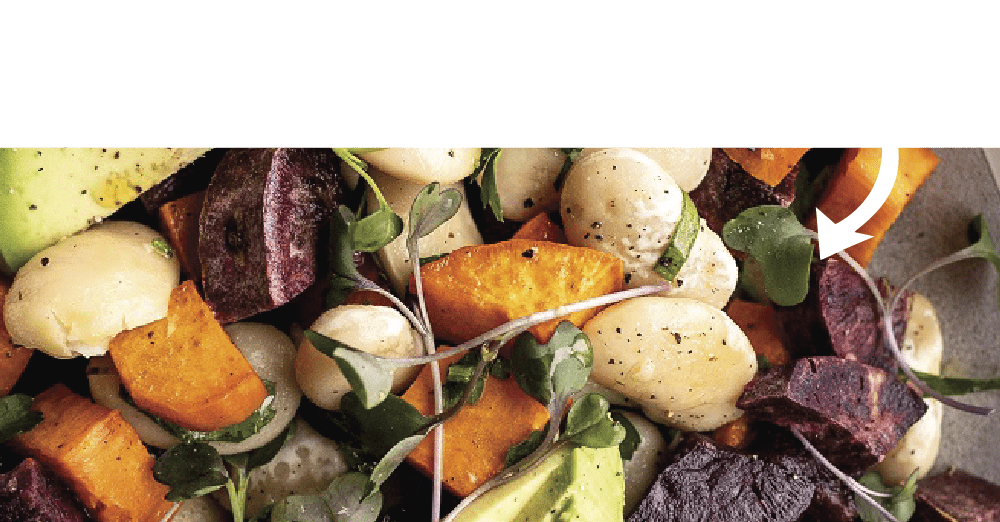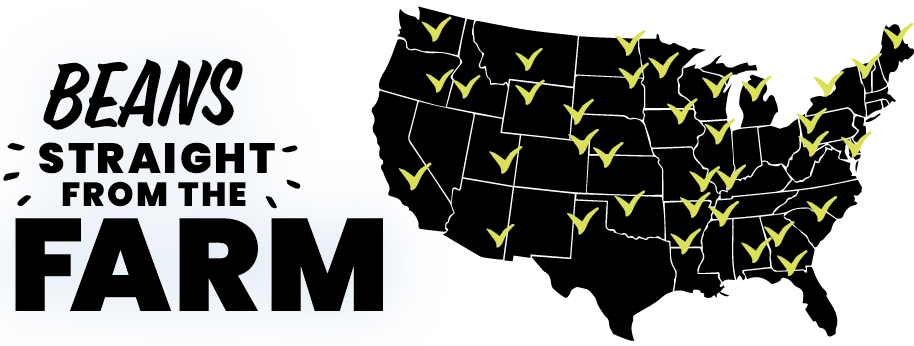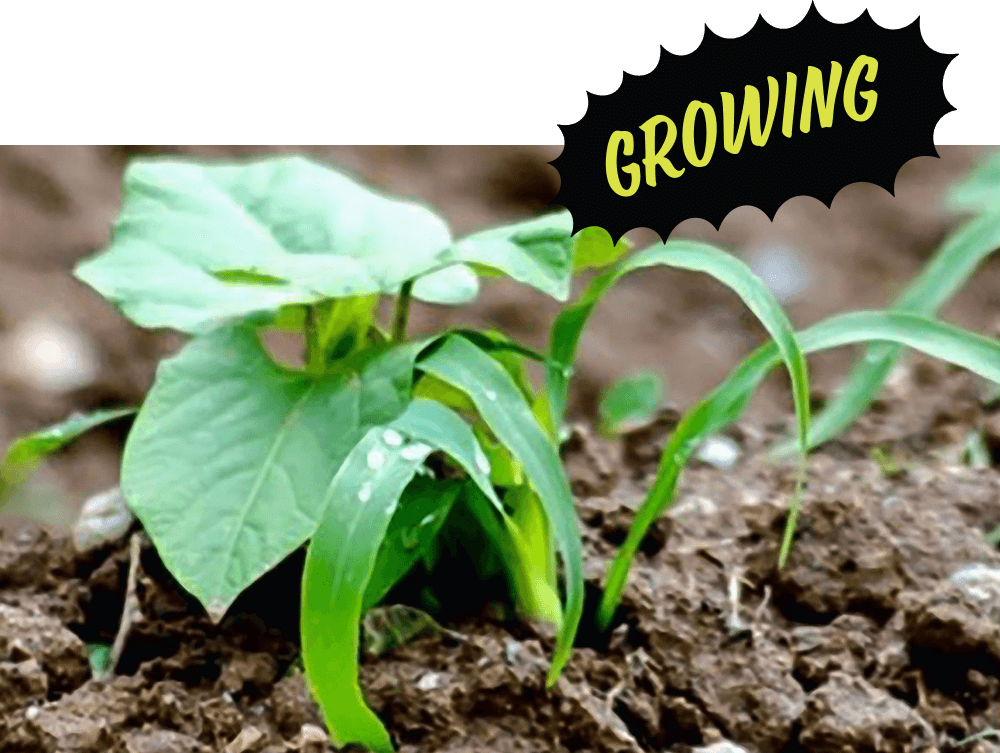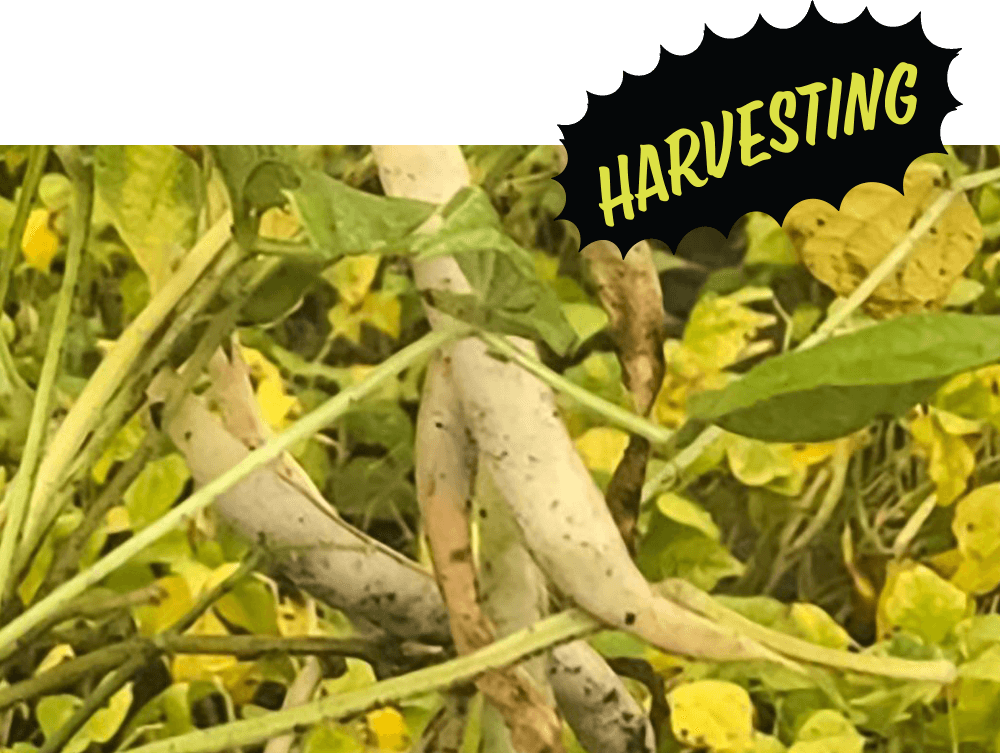Beans

Did you know there are hundreds of bean varieties grown around the world? Arguably the most popular pulse type, beans have been a staple in global cuisines for centuries, and they come in all sorts of sizes and colors. Plus, they’re staples in U.S. News and World Report’s best diets overall for 2024, including the Mediterranean Diet and DASH diet. Some of the most popular beans in the U.S.— both for growing and for culinary use —include pinto beans, navy beans, kidney beans and black beans. These versatile pulses are a pantry staple!















Both dry and canned beans are shelf-stable – dry for at least two years, and canned for 3-5 years – when stored properly, and are commonly used as a source of plant-based protein, though they pack in many other benefits:

1 serving of black beans contains as much iron as 3 oz flank steak, 3x the folate of kale, and as much potassium as a small banana. Beans are also packed with antioxidants, with red kidney beans for example containing more than blueberries or pomegranate juice. The USDA recommends a weekly serving of 1-3 cups of pulses (based on caloric intake) as part of a healthy eating pattern for adults, and beans are an easy, versatile way to achieve this.
Nutrition Facts
PER HALF-CUP COOKED SERVING
| Beans | Black | Black-Eyed Peas | Kidney | Lima | Navy | Pinto |
| Calories | 110 | 100 | 110 | 110 | 130 | 125 |
| Total Fat | 0.5g | 0.5g | 0g | 0g | <1g | <1g |
| Sodium | <1mg | 15mg | <2mg | <2mg | 0mg | <1mg |
| Carbs | 20g | 17g | 20g | 20g | 24g | 22g |
| Fiber | 8g | 3g | 7g | 7g | 10g | 8g |
| Protein | 8g | 7g | 8g | 7g | 8g | 8g |
| Iron | 1.8mg | 1.8mg | 2.6mg | 2.2mg | 2.2mg | 1.8mg |
| Potassium | 306mg | 230mg | 357mg | 478mg | 354mg | 373mg |
| Magnesium | 60mg | 82mg | 40mg | 40mg | 48mg | 43mg |
| Folate | 128mcg | 121mcg | 115mcg | 78mcg | 128mcg | 147mcg |

Stovetop
Soak your beans
Traditional soak – Pour enough cool water over beans to cover completely. Soak for 8 hours or overnight. Drain soaking water and rinse beans with cool water.
Quick soak – Place 1 cup of beans in a large pot with 3 cups of water. Bring to a boil for 3 minutes then remove from heat and let stand for 1 hour. Drain soaking water and rinse beans in cool water.
1. Combine 1 cup of beans with 2 cups of water and bring to a boil
For every 1 cup of beans, use 2 cups of water.
2. Simmer on low for 45 minutes – 2 hours

Bean cooking time varies by type. You can typically check if your beans are fully cooked after 45 mins, though it could take up to 2 hours (you might need to add more water as the beans simmer, as the 2 cups will boil off in that amount of time). When a bean is fully cooked the skin is still intact, but the bean can easily be smashed between two fingers.
Increase flavor by adding chopped onion to the beans at any time during the cooking process.
Pressure Cooker / Instant Pot
Soak your beans
To soak dry beans using your pressure cooker:
- Rinse and drain the beans.
- Add them to the pressure cooker with 3 cups water for every cup of beans.
- Bring to a boil using “Sauté” function. Add the lid and cook for 1 minute on high pressure.
- Carefully release pressure manually and release the lid. Drain, rinse, & continue to cooking step.
To cook pre-soaked beans:
- Add pre-soaked beans and water to the pressure cooker. For every 1 cup of beans, use 1 cup of water.
- Cook on high pressure for the following times:
- Soaked black beans, black-eyed peas, red beans, small white (navy) beans: 5-8 minutes.
- Soaked kidney, pinto, large white (great northern, cannellini), lima beans: 7-12 minutes.
- Let the pressure release naturally.
- You can also cook un-soaked beans in a pressure cooker, but it will take longer.
To cook dry, un-soaked beans:
- Add dry pulses and water to the pressure cooker.
- For every 1 cup of dry beans, use 2 cups of water.
- Cook on high pressure for the following times:
- Dry black beans, black-eyed peas, red beans, small white (navy): 15-25 minutes.
- Dry kidney, pinto, large white (great northern, cannellini), lima beans: 20-40 minutes.
- Let the pressure release naturally.

Do not fill the pressure cooker more than halfway, as the ingredients will expand.

In addition to dry and canned bean varieties, you’ll find beans as an ingredient across all aisles of the grocery store and all menu areas – even dessert! Dips, burgers, soups, pastas, crunchy snacks, cookies and brownies can all be found in bean-based varieties. They’re also frequently used in vegetarian menu items at restaurants, including black bean burgers, burritos, soups and beyond.
Use your favorite bean type as your protein choice in salads or pastas
Swap 1 cup flour in a brownie recipe with 1 can of pureed black beans for added fiber and protein
Replace ground beef with mashed pinto beans, breadcrumbs, and seasonings for a vegetarian burger
Add black, kidney, and pinto beans to your chilis for a hearty boost
Spread canned refried beans on top of tostadas, dollop on nachos, or layer into enchiladas
Include baked beans as a side dish at your next BBQ
Toss cooked cranberry beans with olive oil and thyme for a hearty side dish



The U.S. is a global leader in dry bean production. Every year, American farmers plant roughly 1.5 to 1.7 million acres of beans.
Beans are typically planted in well-drained soil and do well in crop rotations with other crops such as corn or wheat. Beans are planted in May and take 12-14 weeks to mature and start flowering at their full height. Beans signal they are ready for harvest by changing color from green to golden yellow 1-2 weeks beforehand. The harvest process typically begins in August and continues in various parts of the country until late October. Beans typically have a higher seed yield, with 2-4 seeds per pod.



Once in the ground, beans and other pulses utilize bacteria in their roots to capture nitrogen from the air. Their ability to fixate nitrogen in the soil helps cropping systems reduce the need for synthetic fertilizers, which can be a major contributor to greenhouse gas emissions. This makes beans a favorite choice for the climatarian diet, which involves choosing what you eat based on the carbon footprint and environmental impact of foods. The wide variety of bean types plus their easy pairings and swaps make this pulse type an effortless choice when considering a more eco-friendly diet.

Beans are one of the longest-cultivated plants — the common bean has been growing in the Americas for about six thousand years.
In ancient Greece, minor public officials were elected by randomly drawing white beans from a pool of black beans.
January 6th is National Bean Day – the day geneticist Gregor Mendel, who famously used bean and pea plants to test his theories on inheritance, died in 1884.
The world’s tallest bean plant was grown in the U.S., documented at over 46 feet tall by the Guinness Book of World Records in 2003.
Canned baked beans were among the first convenience foods, popularized by U.S. companies in the early 20th century.
Black-eyed peas (actually a type of bean, rather than a pea) are associated with good luck and are often eaten on New Year’s Day to bring good vibes into the year ahead.